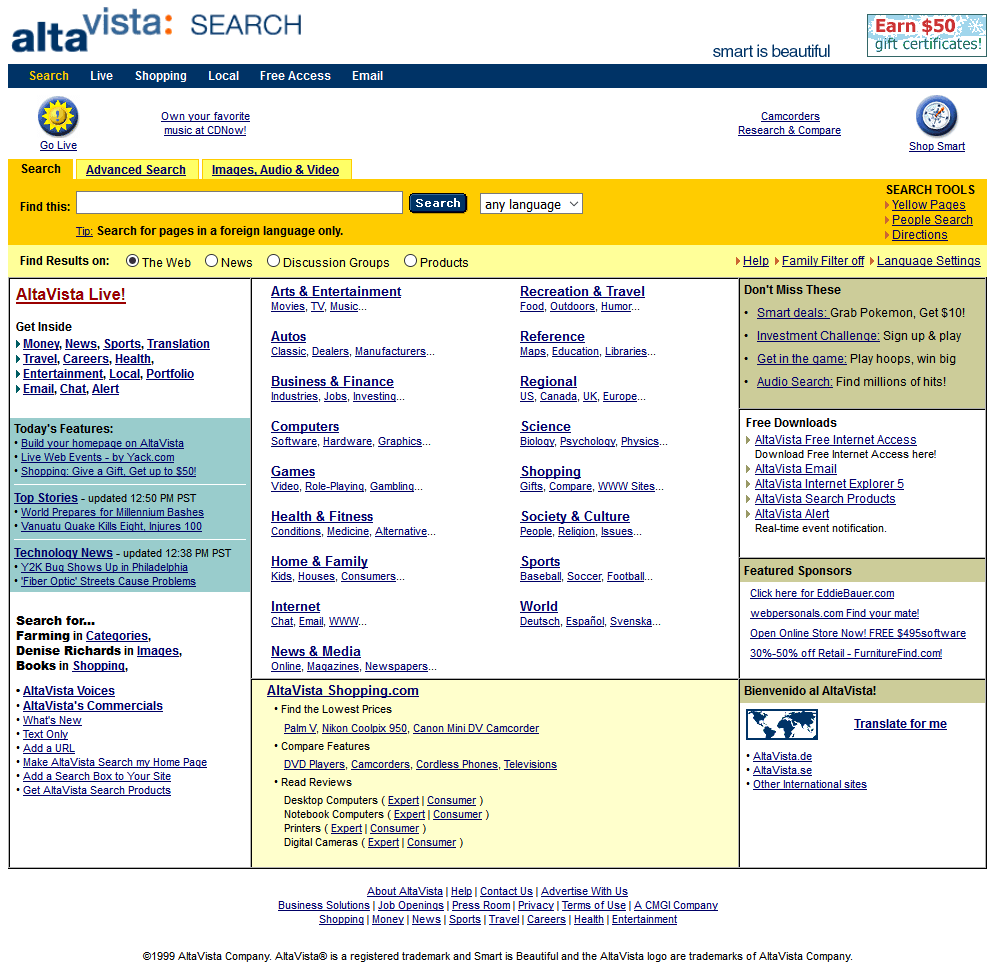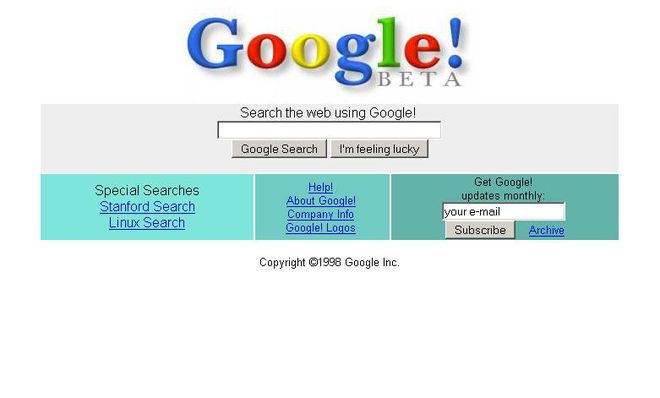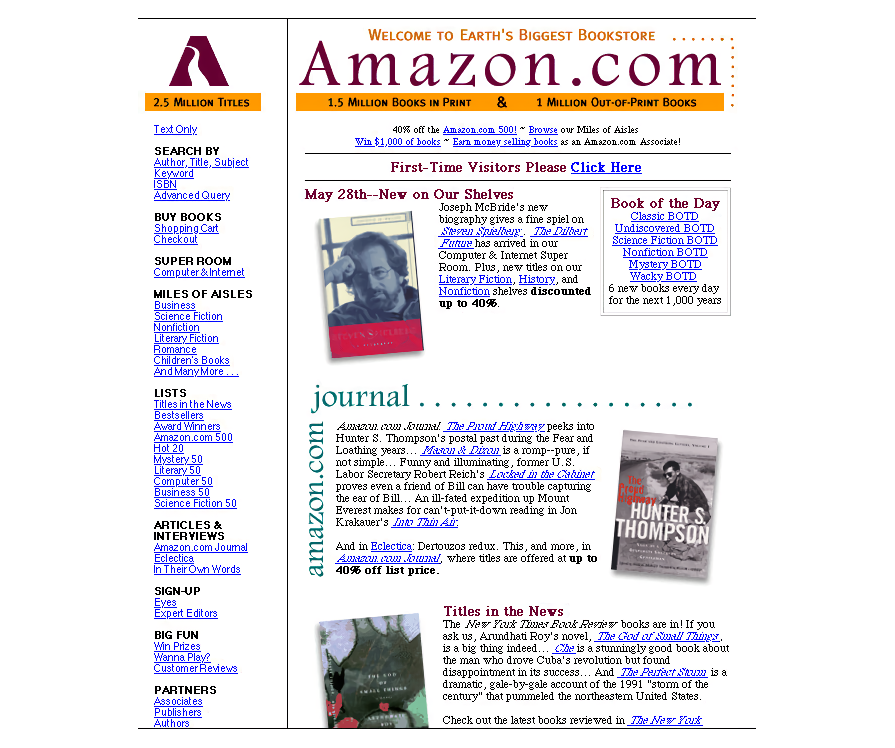
How we got to the social network hell we live in?
The BBS’s and USENET News era forums
1983–1993

During the 1980’s Modems (short for modulator-demodulator device) grew in popularity. For the first time in history, using regular phone lines computer users could connect to each other. It was no longer an activity solely reserved for governments, the military and investigators. You connected one end to the computer via “Serial cable” (RS232) and the other end to “the phone line” (RJ11) and the Modem was that piece of hardware that made the magic happen.
Wikipedia on modem speed and availability:
Having the ability to connect computers to each other soon resulted in a boom of users connecting both to what would become the Internet we now know (mainly college students/teachers and investigators), and point to point to each other or using a BBS to act as a HUB connecting multiple users to each other. “Electronic mail” was born in both the Internet world (early 1960s in local form, 1971 as a networked system: this is what we call “Email” today) and on BBS’s a decade or so later (both in “local” and “networked” flavors, to identify both a “local BBS” user and an individual in a network of BBS’s like Fidonet).

Major Telecom companies worldwide soon attempted to get into the game of connecting users to each other, but honestly they were terrible at it and I am “erasing them from history”, they own(ed) the pipes (and more recently the radio frequencies we use on wireless) and still do, but as far as my opinion goes they are irrelevant beyond that. I am not a fan of telcos. They are more of a necessary evil and a roadblock than promoters to innovation.
Wikipedia links to dive deeper in the story of:
- BBS’s: https://en.wikipedia.org/wiki/Bulletin_board_system
- Fidonet: https://en.wikipedia.org/wiki/FidoNet
- Email: https://en.wikipedia.org/wiki/Email#Origin
Soon after the appearance of “electronic mail” (a one on one communication), “forums” (a one to many communication) soon developed. Either “moderated” or in “Wild Wild West” / “free for all” format, forums thrived. Even in the early days when being online was a costly affair (thanks to those greedy telcos), users soon found ways to read messages and post offline, using each second they were connected to either the Internet or their favorite BBS’s in the most efficient way possible.
One important fact to retain was that messages appeared on the forums in chronological order with no algorithms “filtering” anything. This is important!
Unlike modern blogs that users can self host, or hire a hosting company, back in those days “no one” (except BBS and Usenet news operators) hosted anything. You, as most “regular users”, were using someone’s computer system and infrastructure. Hosts were concerned about not loosing messages and keeping your forum posts available to all and in chronological order. Unlike social networks today, they were not selling “you” to advertisers, and not remotely interested in your shopping habits.
Forum moderators (if available) could (and did) apply censorship, expelled troublesome users, and place in line people that got outside the particular forum’s topics. This activity was highly appreciated by the user community. Back then users were not that much different. Trolls and idiots appeared from time to time, albeit in much smaller numbers, mainly due to the barrier of entry in an early on-line world.
The Self-publish era… you may know as the rise of the blogs and personal web sites.
1994–2001
Outside regular public “forums” people started publishing on private/personal web sites (Justin Hall and Jerry Pournelle were some of the first ones), “on single user public forums and BBS bulletins” (where only one user had post privileges – many SysOp and people close to them did this) and even of Finger (John Carmack was already a crazy genious back then).
Get to know some of the “blogging” pioneers thru Wikipedia:
- Justin Hall: https://en.wikipedia.org/wiki/Justin_Hall
- Jerry Pournelle: https://en.wikipedia.org/wiki/Jerry_Pournelle
- John Carmack: https://en.wikipedia.org/wiki/John_Carmack
The era of self-publish was born. Users published on their own systems. Soon enough the whole concept of having a personal site (or a business one) became very popular. It was the rise of the world wide web as the primer stage for content produced by the average joe, something that only businesses and major organizations were able to use previously. Over time the blog (and site building) software barrier of entry was lowered to the point where anyone (and their cat) could have one.
People who wanted to read what they published visited their systems where the content was hosted. Once again, let me remind you because it is important, that people consumed content in a chronological order with no algorithms deciding what was “relevant”.

The real business was not content gate keeping in the early years. It was selling access to BBS’s and the Internet (or the X.25 network in Europe). Mainly because advertising agencies were outside the loop, the Internet was something they were not really interested in, there was way more money circulating around outdoors, paper journals, radio and TV. Who cares about that online stuff we hear people talking about?

Well, a very small company was in the making (1996) that cared, and had a plan and a vision. It was called Google. It developed a search engine. It was quite faster than the existing alternatives and became quite popular. It was a really simple page, with just an input box for the user to type some text, and two buttons: a “Go” button to search for results and a “I am feeling lucky” to jump to whatever the early Google magic deemed to be the best result available.
Google became the most relevant site on the web overnight. But the plan was not to have the most popular web search engine in the market, it was to create an advertisement business around it. And it worked like a charm. Google ads, by profiling users so the right ads are seen by the right consumers on their web searches was a stroke of genius. Web site rankings became synonymous with Google search results pages. Selling positioning (sponsored results) on the search engine to the highest bidder was another sure hit. Followed by advertising on the content sites additional ads (Adsense – even the name of the program, that still stands today, was more pure genius from the company).
The Internet had come of age and a lot of money was there to be earned. Advertising agencies and web site owners had a partner to work with. Google became the Internet company. Everyone was happy. The only nugging detail is Internet users being profiled like never before in history, they are literally the product Google sells, but no one seemed to really care. This was a profitable new frontier, let’s not focus on such trivial details, show us the money instead.

On the other side of the arena, the site owners side, a company called Amazon, was selling physical books online, and investing heavily in their infrastructure, growing since its creation in 1994 to keep up with the rising number of consumers online. More than any other web site, Amazon wanted to be a global company, the Internet store. The bet would pay off, not only in becoming the biggest store on the web, but also the biggest infrastructure provider, years ahead of the tech companies would traditionally sell server technology. Amazon, like Google, soon learned the value of gate keeping… created a marketplace for other shop owners to sell online, started selling product placement in their product listings and profiling consumers.
The golden age of web sites and blogs
2001-2013
With a steady stream of money pouring to web site owners soon the web exploded with content. Professional journalists established their presence, John Doe content creators reached superstar popularity and wealth, everyone and their pets needed to take advantage of the online revolution.
In the meantime traditional media (from content producers to broadcasters and publishers, in every field, from music to movies, newspapers to radio/TV stations) noticed they may have a huge problem with this Internet thing. Their content appeared online, either by their own hand or by third parties, and this new frontier looked more and more like a threat to their highly lucrative business models.
A few, like Netflix, switched from renting video tapes in stores, to a booming online business. The music industry literally “handed out” their distribution business to the Apple’s and Spotify’s of the world. The movie industry and TV’s soon followed… with some of the industry players making their on (mostly clumsy) attempts at a online presence.
Picking up the clues from gate keepers a new trend appeared: “social and grouping sites”. The concept of hosting multiple creators under the same umbrella. Being video (Youtube) or text/image created content by individuals (way to many players to mention), the offerings to host said content for free multiplied. Most failed. Some were bought by bigger players (like Youtube being bought by Google). A few winners appeared, seemingly from the ashes of all similar aggregators that had failed, like Facebook (2004), Twitter (2006) and Instagram (2009). Not even the mighty Google and Apple were able to jump on the social revolution bandwagon (not for lack of trying, mind you, they did try and failed).
As individual content creators were seduced by the rising social sites into supporting them as platforms, dropped their own, ended their own efforts to handle their communities of consumers… the golden age of self-publishers would come to an end. A new age of gate keepers had arrived.
Learn more about the history of the Internet biggest players:
- Google: https://en.wikipedia.org/wiki/History_of_Google
- Amazon: https://en.wikipedia.org/wiki/History_of_Amazon
- Facebook: https://en.wikipedia.org/wiki/History_of_Facebook
- Twitter: https://en.wikipedia.org/wiki/Twitter
- Youtube: https://en.wikipedia.org/wiki/History_of_YouTube
- Instagram: https://en.wikipedia.org/wiki/Instagram
The golden age of social networks
2014-2021
In the early days of social networking things looked pretty harmless. Social networks were not that different from RSS aggregators, showing content from multiple creators in a chronological order and a common design (and yes, horrible web design and terrible UX played a big part in this movement to social networks). They had no clue how to capitalize on their early success besides getting ventor capital money, because they were growing their user base fast, and sooner or later someone would figure out how to make this things profitable.
Users liked not having to jump between blogs and web sites to get their content needs satisfied, not having to bother (those that even knew how to do it and had the technical skill to make it work) collecting RSS feeds and build their own aggregator and enjoyed the design coherence offered by social networks. They especially loved not having to worry about video codecs to watch video content.
Well, that initial taste of paradise for content creators soon turned into something completely different. Algorithms from Social networks started defining what content creators would get the spotlight, which ones become completely invisible, again by profiling users and finding out how to make as much revenue from out of them as possible. Most of the revenue from ads started flowing to gate keepers instead of content creators, appearing in Facebook/twitter/instagram walls instead of the target links on external sites owned by content creators. Turns out content creators found out that it’s either great, and they are millionaires, or it is a really hard to create a sustainable business on these platforms.
Most blogs, personal and business sites and dead. Youtubers are attempting to create their own platform (Nebula). Bloggers are looking into alternative platforms like Medium as their best hope to monetize content. Traditional media (TV and Movies) is in total meltdown, some embracing youtube and hoping to monetize content based of Google ads, others creating their own content delivery platforms. Some will succeed, most will fail.
In the meantime, for the users consuming content, the situation is pretty dire. Social networks discovered that the best way of keeping their user base engaged on the platform is by creating confirmation bias bubbles, feeding on user hate and fears, mixing people with the same misguided beliefs... This is the golden age of conspiracy theories and divisionism.
Long gone are the days when social networks were simple aggregators. They changed the world, but not for the better.
More information on:
- Nebula: https://en.wikipedia.org/wiki/Nebula_(streaming_service)
- Medium.com: https://en.wikipedia.org/wiki/Medium_(website)
- Spotify: https://en.wikipedia.org/wiki/Spotify
- Apple Music: https://en.wikipedia.org/wiki/Apple_Music
- Apple iTunes store: https://en.wikipedia.org/wiki/ITunes_Store
This article was published on Medium (I am a subscriber and highly recommend it).





User feedback and comments